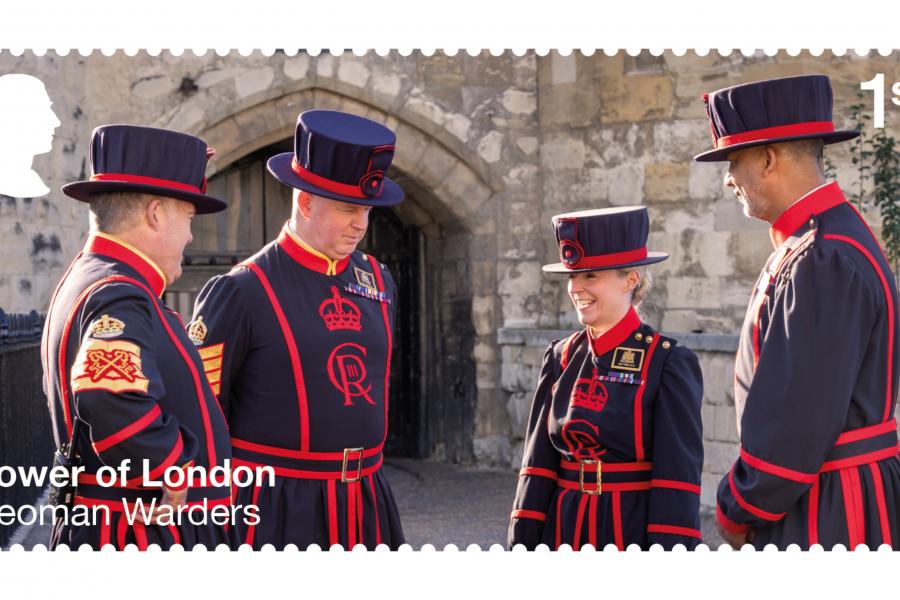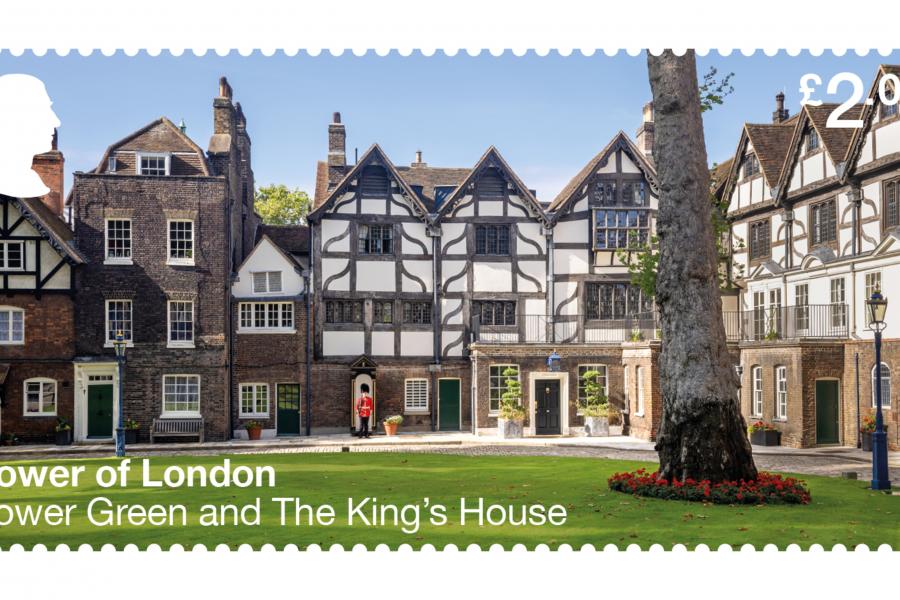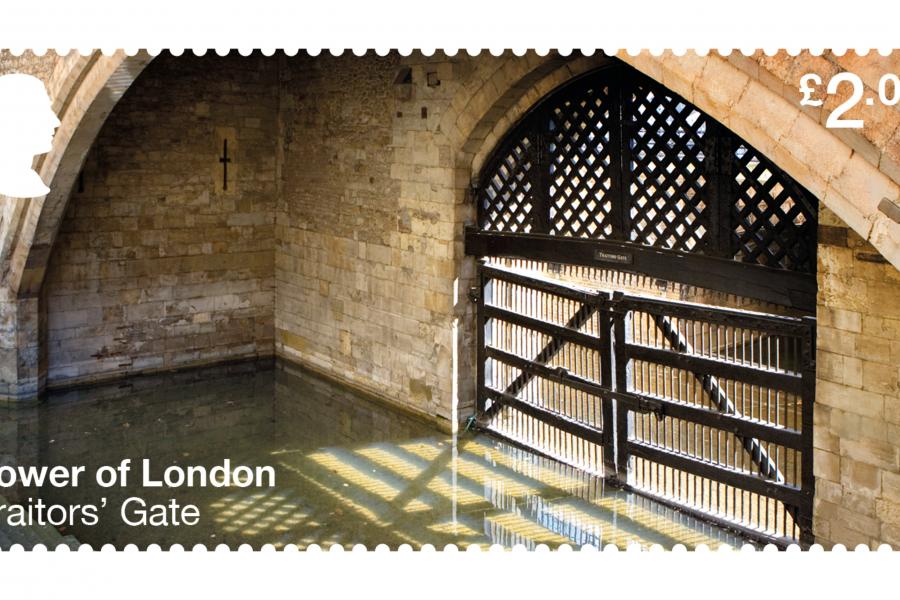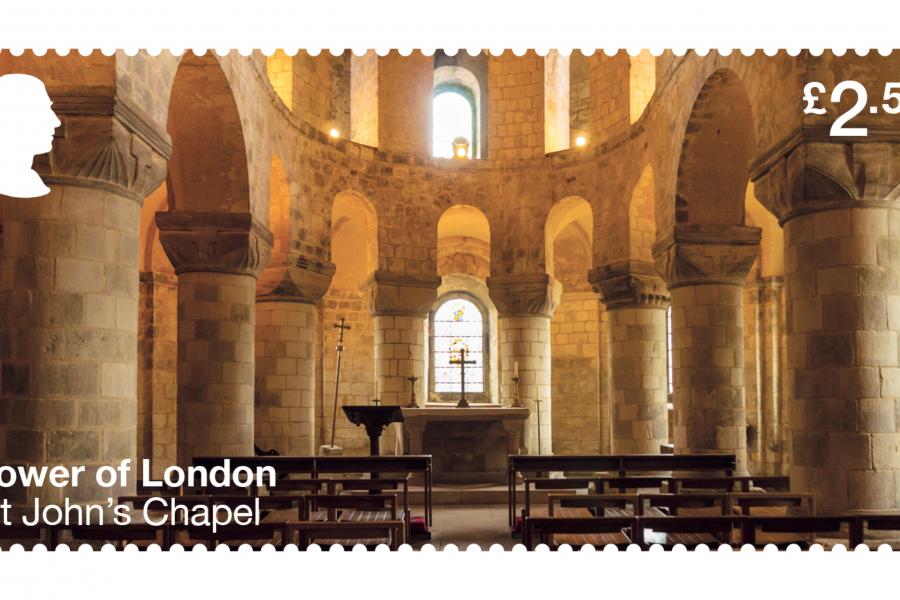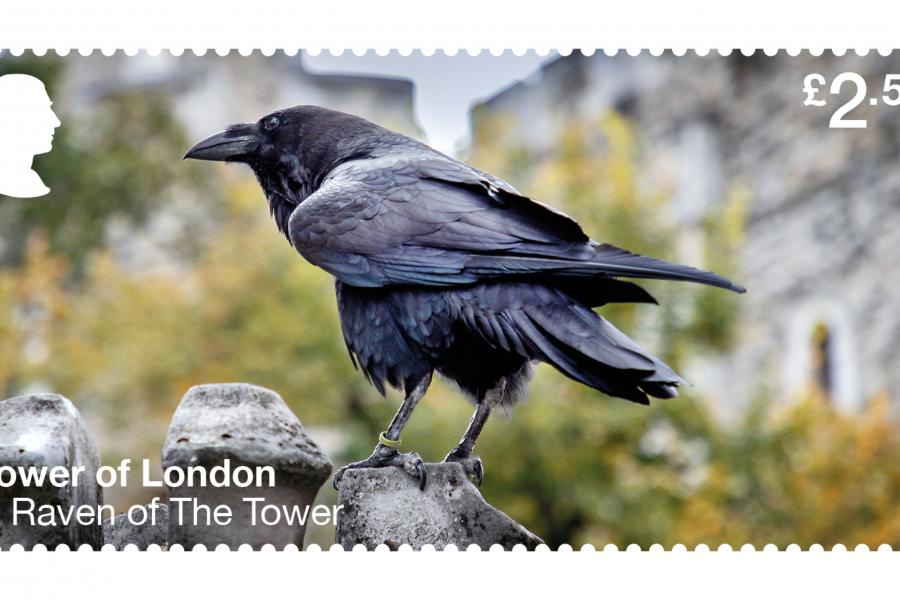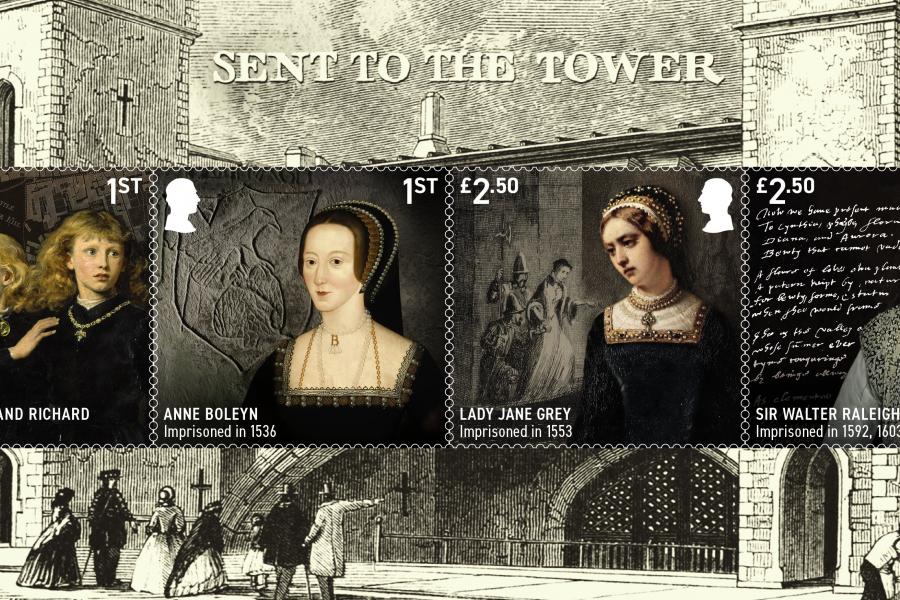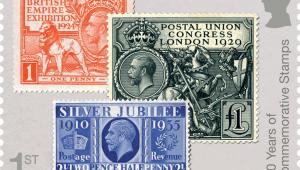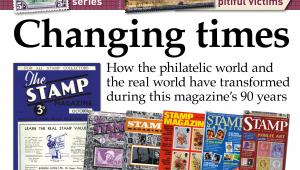The Tower of London
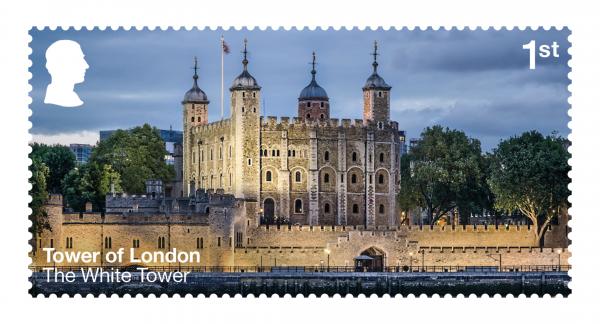
Six designs in counter sheets explore the history and traditions of the historic castle, while a miniature sheet of four focuses on prisoners who were famously ‘sent to the Tower’.
Over the centuries, the Tower of London has played many different roles, including as a fortress, a royal residence and a state prison, as well as being home to a mint, the national arsenal, the crown jewels and a menagerie. Today it is a major tourist attraction and UNESCO World Heritage Site.
William the Conqueror ordered the building of a mighty castle, adjacent to the River Thames, to assert his power after the Norman Conquest of England in 1066. At the time, its great stone keep dominated the skyline.
In the 12th and 13th centuries, King Henry III and King Edward I expanded the fortification by enlarging the moat and adding huge defensive walls and a series of smaller towers.
Inside the walls, the Royal Mint struck most of the coins of the realm for more than 500 years, and the royal menagerie became London’s first zoo, housing exotic animals gifted to monarchs by foreign rulers.
From the 16th century, the arms and armour from royal palaces were collected at the Tower, together with what remained of the medieval arsenal. Since the 17th century, the crown jewels have been held there, along with other ceremonial regalia.
The stamps were designed by Studio Up, from photographs, and the miniature sheet by Webb & Webb Design, based on historic portraits.
The issue was printed in litho by Cartor Security Printers, with the counter-sheet stamps available in vertically se tenant pairs.
1st class THE WHITE TOWER
The White Tower was William the Conqueror’s original castle keep, a stone structure unlike anything London had seen before. It got its name after receiving a coat of whitewash around 1240, and the onion-shaped roofs on the turrets were added by King Henry VIII.
1st class YEOMAN WARDERS
The Yeoman Warders have been guarding the Tower since Tudor times, nicknamed ‘Beefeaters’ because they were granted the privilege of eating as much meat as they wanted. Today, their role is largely ceremonial.
£2.00 TOWER GREEN & THE KING’S HOUSE
The original King’s House was probably built by Henry VIII for his second Queen, Anne Boleyn, and the present building dates from about 1540. Tower Green was where she and other notables were executed.
£2.00 TRAITORS’ GATE
Built by King Edward I, Traitors’ Gate is the waterside entrance from the River Thames, through which many notable prisoners who were accused of treason were taken to the Tower by barge.
£2.50 ST JOHN’S CHAPEL
St John’s Chapel, within the White Tower, is the oldest complete chapel that survives from the Norman period. It was built for William the Conqueror, although not completed until after his death.
£2.50 A RAVEN OF THE TOWER
Known as the ‘Guardians of the Tower’, the resident ravens have been protected since the 17th century, as legend has it that a great disaster will befall the kingdom should they ever leave. They are fed and cared for by a Ravenmaster.
MINIATURE SHEET
1st class PRINCES EDWARD & RICHARD
The rightful King Edward V and his brother Richard of Shrewsbury, the young sons of Edward IV, were imprisoned in the Tower in 1483 by their uncle, who declared them illegitimate and usurped the throne as Richard III. The ‘Princes in the Tower’ were never seen again, and are presumed to have been murdered.
1st class ANNE BOLEYN
The second wife of King Henry VIII, and mother of the future Queen Elizabeth I, was accused of adultery and treason after just three years of marriage and imprisoned in the Tower in 1536. She was executed on Tower Green, and is buried in the Chapel Royal of St Peter ad Vincula in the Inner Ward.
£2.50 LADY JANE GREY
After the death of her Protestant cousin, King Edward VI, in July 1553, Lady Jane Grey was proclaimed queen in a bid to prevent the accession of Mary I, a Catholic. Within a fortnight she was deposed and imprisoned in the Tower, and the ‘Nine Days Queen’ was executed on Tower Green the following year.
£2.50 SIR WALTER RALEIGH
The explorer, soldier, scholar and poet was imprisoned in the Tower three times: by Queen Elizabeth I in 1592, for an unauthorised marriage, and by King James I in 1603, for involvement in a plot, and 1618, for violation of a treaty with Spain. On the final occasion he was executed, in Westminster.
ADDITIONAL PRODUCTS
The presentation pack explores how the Tower of London has been at the heart of British history for almost a millennium.
First day covers, a medal cover and stamp cards are available, as is a press sheet of 10 uncut miniature sheets.
PRICES
Set of 6 stamps £11.70
Miniature sheet £7.70
Presentation pack £20.30
First day cover (stamps) £14.70
First day cover (mini sheet) £9.90
Press sheet £77.00
Stamp cards £4.95
VERDICT
COMMEMORATIVE WORTH 4/5
The Tower is one of the best-known landmarks in Britain, steeped in history and popular with tourists
QUALITY OF DESIGN 3/5
The separate stamps are merely photographic, so the miniature sheet has more evocative imagery
WOW FACTOR 2/5
The set looks appealing on first day covers, although individual designs may fail to impress
